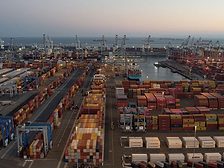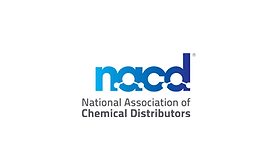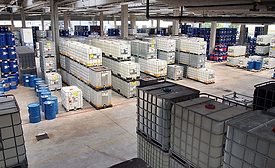Home » Keywords: » shipping
Items Tagged with 'shipping'
ARTICLES
In the Wake of the Great Supply Chain Crisis of 2021-2022
Predicting the Future by Controlling the Future
Read More
Keep the info flowing with our eNewsletters!
Get the latest industry updates tailored your way.
JOIN TODAY!Copyright ©2025. All Rights Reserved BNP Media.
Design, CMS, Hosting & Web Development :: ePublishing










